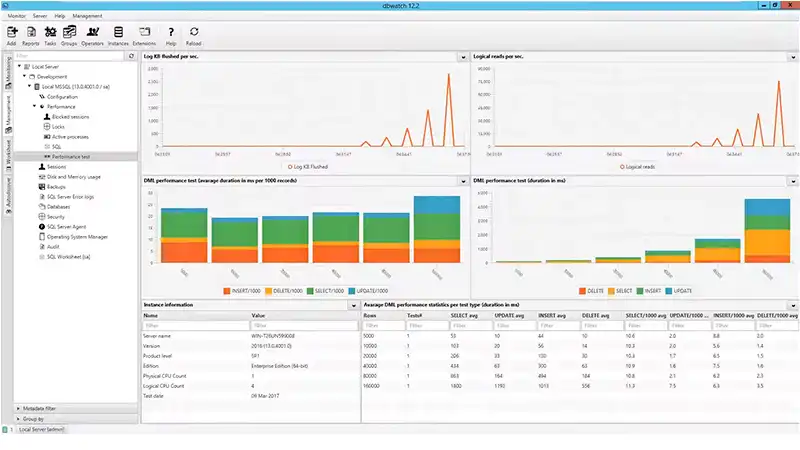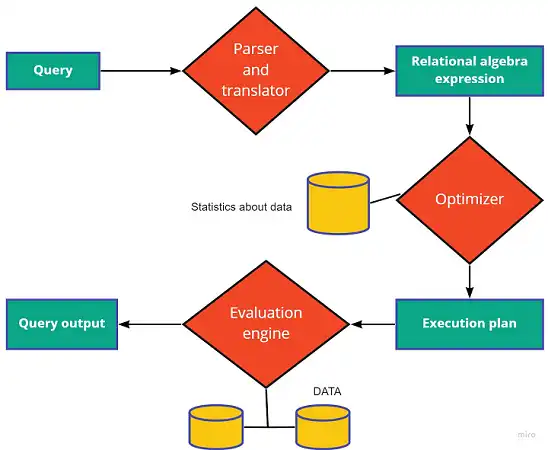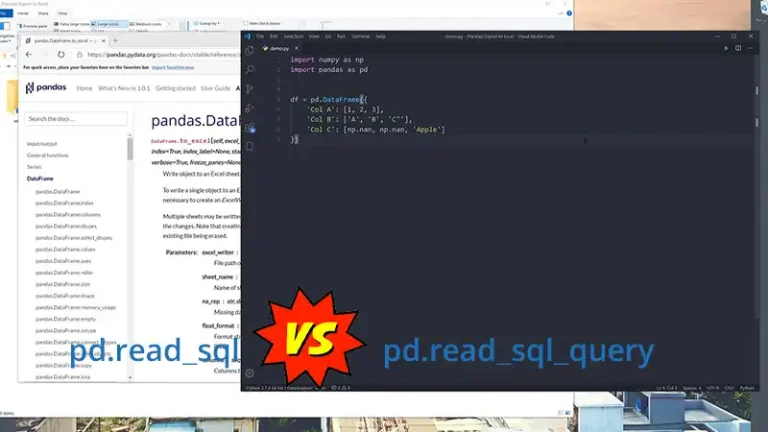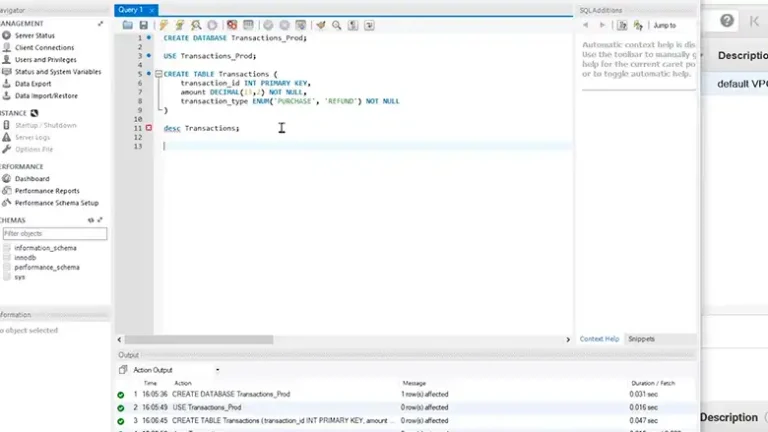Optimizing SQL Server Query Performance | Best Practices and Techniques
Improving the performance of SQL Server queries is essential for ensuring the efficient operation of database-driven applications. In this article, we’ll explore best practices and techniques for tuning and optimizing SQL Server queries to enhance their performance and scalability.

Understanding SQL Server Query Performance
Before optimizing SQL Server queries, it’s crucial to understand the factors that influence query performance:
Execution Plan
The execution plan generated by the SQL Server query optimizer plays a significant role in determining query performance. Understanding the execution plan helps identify potential performance bottlenecks.
Indexes
Properly designed indexes can significantly improve query performance by enabling efficient data retrieval. However, over-indexing or using inappropriate indexes can degrade performance.
Statistics
Accurate statistics on table data distribution and index selectivity help the query optimizer make informed decisions about query execution strategies.

Identifying Performance Issues
To identify performance issues in SQL Server queries, consider the following approaches
Monitoring Tools
Utilize built-in SQL Server performance monitoring tools such as SQL Server Profiler, Dynamic Management Views (DMVs), and Extended Events to capture query execution metrics and identify performance bottlenecks.
Query Execution Plans
Analyze query execution plans using tools like SQL Server Management Studio (SSMS) or SQL Server Data Tools (SSDT) to identify areas for optimization, such as missing or inefficient indexes, table scans, or high CPU or I/O costs.
Query Optimization Techniques
Once performance issues are identified, implement the following optimization techniques to improve query performance
Indexing Strategies
Evaluate and optimize indexes by identifying missing indexes, removing redundant indexes, and considering covering indexes to reduce the need for key lookups.
Query Rewrites
Rewrite inefficient queries to use more efficient SQL constructs or join strategies. Consider using derived tables, Common Table Expressions (CTEs), or window functions to simplify complex queries.
Parameterization
Use parameterized queries to promote query plan reuse and minimize plan compilation overhead. Avoid using dynamic SQL with concatenated values to prevent SQL injection vulnerabilities and plan cache bloat.
Statistics Maintenance
Regularly update and maintain statistics to ensure the query optimizer has accurate information for generating optimal execution plans.
Performance Testing and Monitoring
After implementing optimization techniques, conduct performance testing and monitoring to validate improvements and identify any regressions. Use tools like SQL Server Query Store to track query performance over time and identify potential performance regressions.
Frequently Asked Questions (FAQ)
How can I identify the most expensive queries in SQL Server?
Use SQL Server performance monitoring tools like SQL Server Profiler or built-in Dynamic Management Views (DMVs) to capture query execution metrics such as CPU time, duration, and I/O statistics. Additionally, enable SQL Server Query Store to track query performance over time and identify top resource-consuming queries.
What is the impact of parameter sniffing on query performance?
Parameter sniffing can lead to suboptimal query execution plans when the first query execution determines the plan based on the parameter value, which may not be optimal for subsequent executions with different parameter values. Consider using query hints like OPTIMIZE FOR or RECOMPILE to mitigate parameter sniffing issues.
How can I optimize queries with large result sets in SQL Server?
For queries returning large result sets, consider implementing pagination or using server-side paging techniques to limit the number of rows returned per query. Additionally, optimize indexing and query filters to minimize the amount of data processed and transmitted.
Conclusion
Optimizing SQL Server query performance requires a combination of understanding query execution plans, identifying performance issues, implementing optimization techniques, and continuously monitoring and testing performance improvements. By following best practices and leveraging optimization techniques, you can enhance the performance and scalability of your SQL Server database applications.






